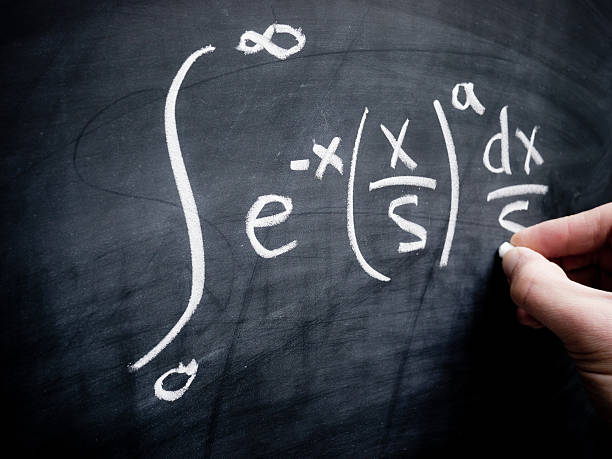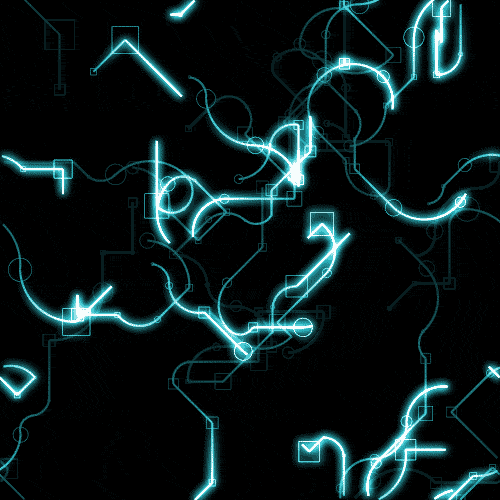
Computer Engineering Drafting and Design - 3A
Computer Engineering drafting and design is a sub field of engineering which deals with the design and drafting of objects and materials through the use of specialized software that visualizes designs as modular 3D computer models.
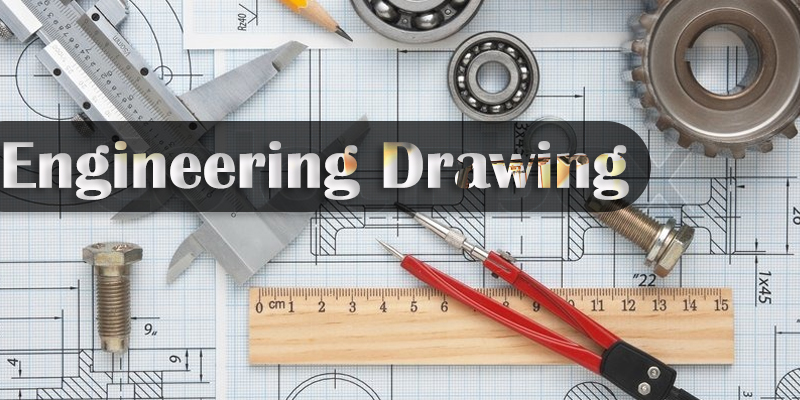
ENGINEERING DRAWING
Practices and techniques of graphical communication; application of drafting instruments, lettering scale, and units of measure; descriptive geometry; orthographic projections; auxiliary views; dimensioning; sectional views; pictorial views; requirements of engineering working drawings; and assembly and exploded detailed drawings.

ENGINEERING ECONOMY
This course deals with the study
of concepts of the time value of money and equivalence; basic economic study
methods; decisions under certainty; decisions recognizing risk; and decisions
admitting uncertainty
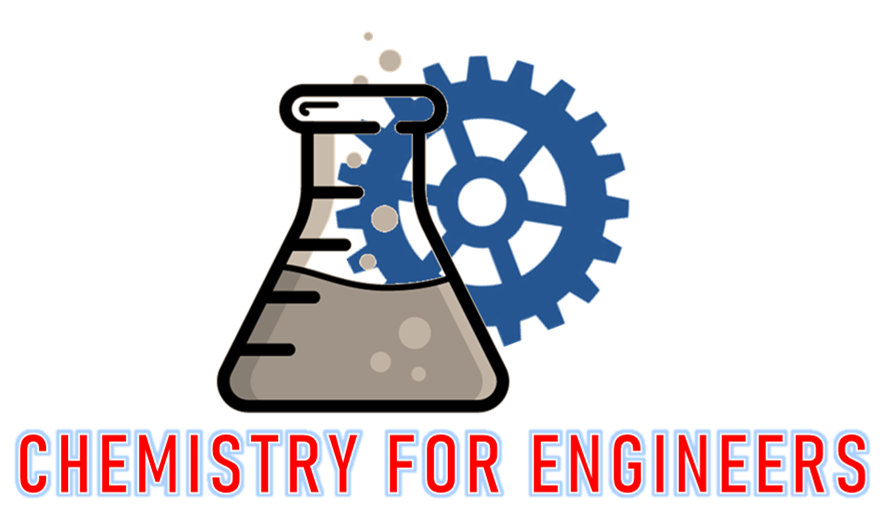
CHEMISTRY FOR ENGINEERS
This program emphasizes a
strong background in physical chemistry, infused with an orientation toward the
solid state sciences and materials technology. Its central theme is a chemistry
core strengthened by materials science and laboratory courses, the latter with
a unique “chemistry of materials” component. The choice of suitable electives
helps the student to prepare for work or advanced study in areas such as
electronic materials, interfacial phenomena, solid-state science and
technology, polymers, ceramics, and biomaterials.
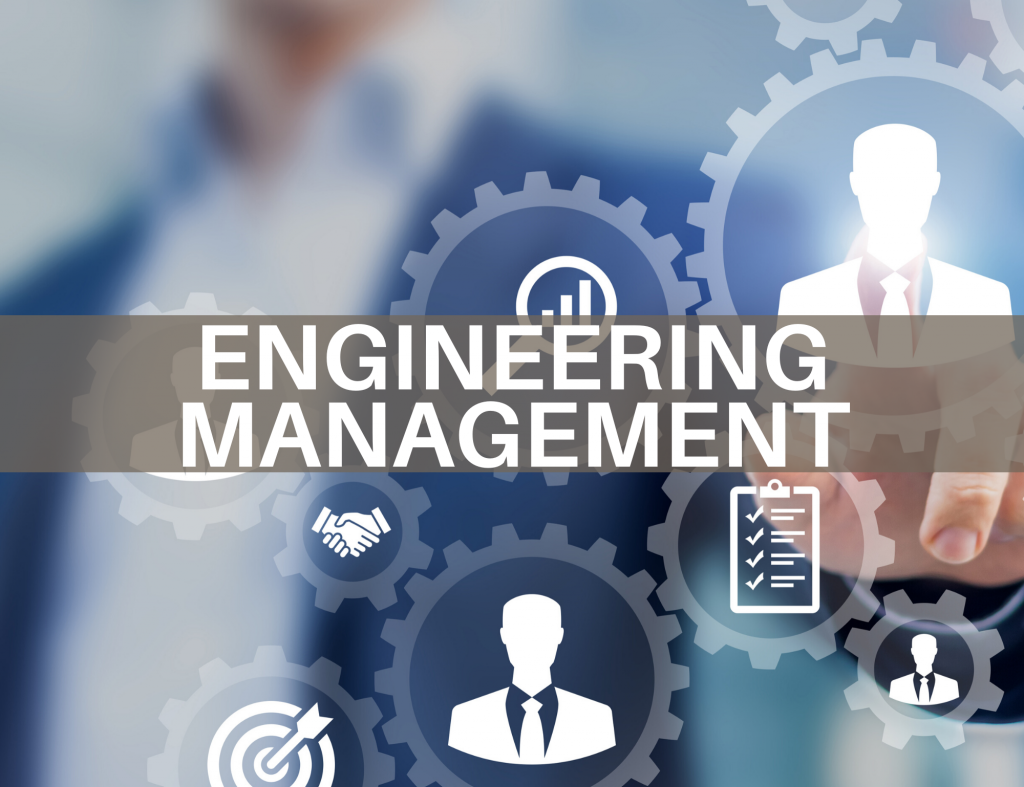
ENGINEERING MANAGEMENT
Techniques relating to managing engineering activities; engineer's transition into
management; engineering managerial functions; motivation of individual and group
behavior; productivity assessment/improvement; managing the quality function and
communications.
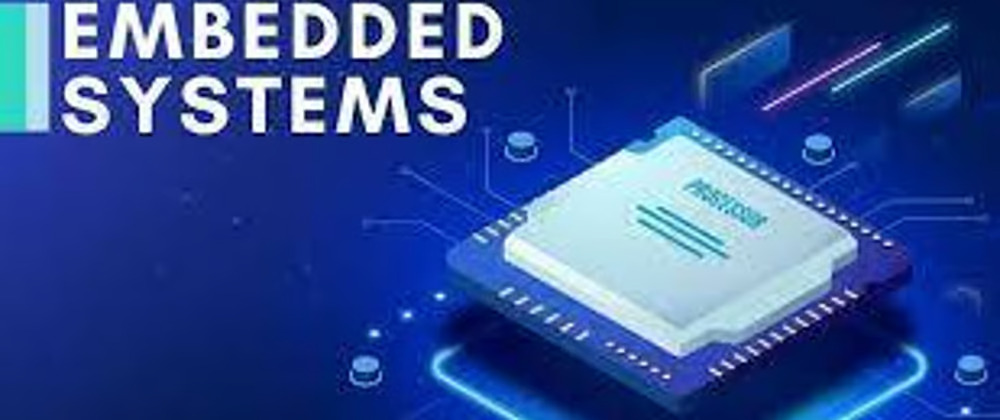
Embeded Systems - CPE4
This
course will explore and discuss the fundamentals of embedded system hardware and
firmware design. Issues such as embedded processor selection, hardware/firmware
partitioning, glue logic, circuit design, circuit layout, circuit debugging,
development tools, firmware architecture, firmware design, and firmware
debugging will be discussed. The Intel 8051, a very popular microcontroller,
will be studied. The architecture and instruction set of the microcontroller
will be discussed.
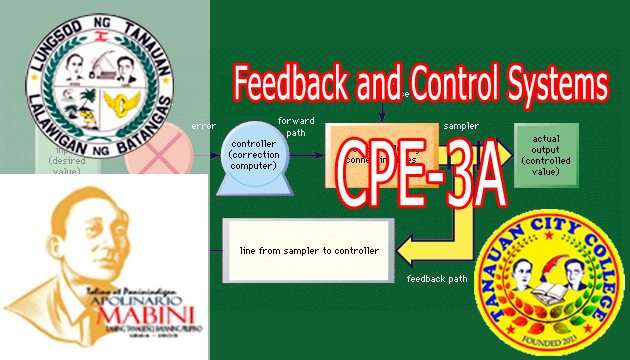
Feedback and Control Systems - CPE3A
The course includes the control devices, equations of a system and block diagram of a system.
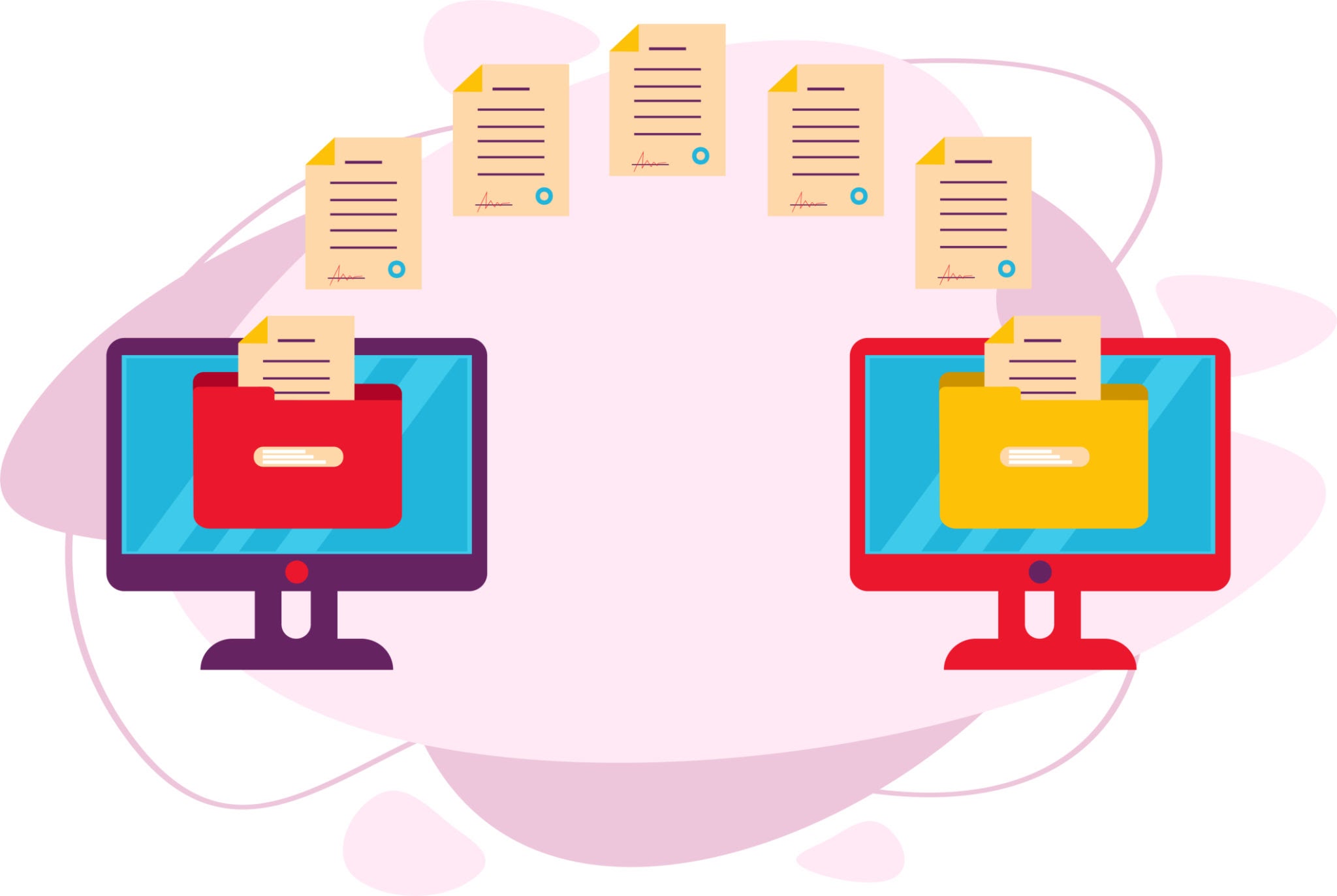
Data & Digital Communications - CPE3
This course focuses
on the fundamental concepts of digital and data communications. It also
includes topics on data security and integrity.
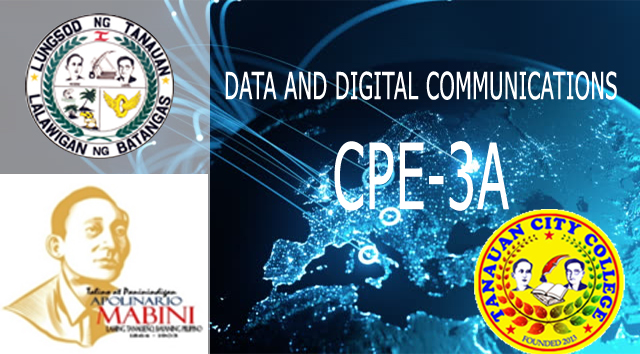
Data & Digital Communications - CPE3A
This course focuses on the fundamental concepts of digital and data communications. It also includes topics on data security and integrity.
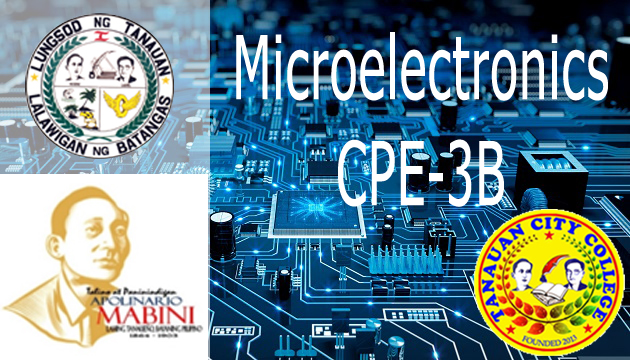
Microelectronics 1 - CPE3B
This
course will explore and discuss the fundamentals of embedded system hardware and
firmware design. Issues such as embedded processor selection, hardware/firmware
partitioning, glue logic, circuit design, circuit layout, circuit debugging,
development tools, firmware architecture, firmware design, and firmware
debugging will be discussed. The Intel 8051, a very popular microcontroller,
will be studied. The architecture and instruction set of the microcontroller
will be discussed.
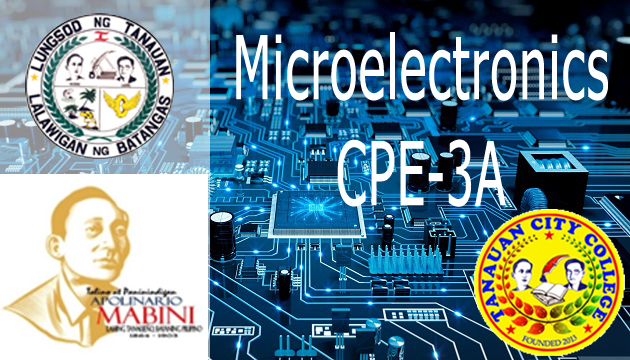
Microelectronics 1 - CPE3A
This
course will explore and discuss the fundamentals of embedded system hardware and
firmware design. Issues such as embedded processor selection, hardware/firmware
partitioning, glue logic, circuit design, circuit layout, circuit debugging,
development tools, firmware architecture, firmware design, and firmware
debugging will be discussed. The Intel 8051, a very popular microcontroller,
will be studied. The architecture and instruction set of the microcontroller
will be discussed.

CPEN08 Logic Circuits and Design 1st Semester AY 2024-2025
This course provides an overview of the principles underlying number systems, logic gates, Fixed-Point representation, Boolean function, Boolean algebra, combinational and sequential logic circuits, flip-flops, registers, and RAM/PLA. In this course, the student should be able to grasp knowledge in digital electronics. It includes the knowledge on how to convert numbers into different number system, simplify Boolean function using theorems and postulates and Karnaugh Mapping and to design logic circuits applications. Also, the students shall be oriented to Verilog Hardware Description Language and Very High Speed Integrated Circuits Hardware Description Language (VHDL).

Microprocessors (BSCpE 3rd Year)
This course provides
understanding of architecture of microprocessor-based systems; registers, study
of microprocessor operation, assembly language, arithmetic operations, and
interfacing.

Fundamentals of Electronics Circuits AY 2022-2023
This course discusses the construction, operation
and characteristics of basic electronic devices such
as junction diodes, bipolar junction transistors,
Field Effect Transistors and MOS Field Effect
Transistors and oscillators. and This course is the laboratory component of the
course Fundamentals of Electronic Circuits
(Lecture) that allows students to verify theoretical
concepts pertaining to the operation of electronic
devices such as the PN junction diodes, BJT and
FET and their subsequent applications to electronics
circuits involving rectification, amplification and
switching applications. The use of laboratory
equipment and apparatus to verify the
characteristics of diodes and transistor devices, and
their operations in circuits such as rectifiers,
voltage regulators, amplifiers, oscillators and
switches are emphasized. Such equipment includes
but not limited to the curve tracer, the oscilloscope,
signal generator and multi-meters.
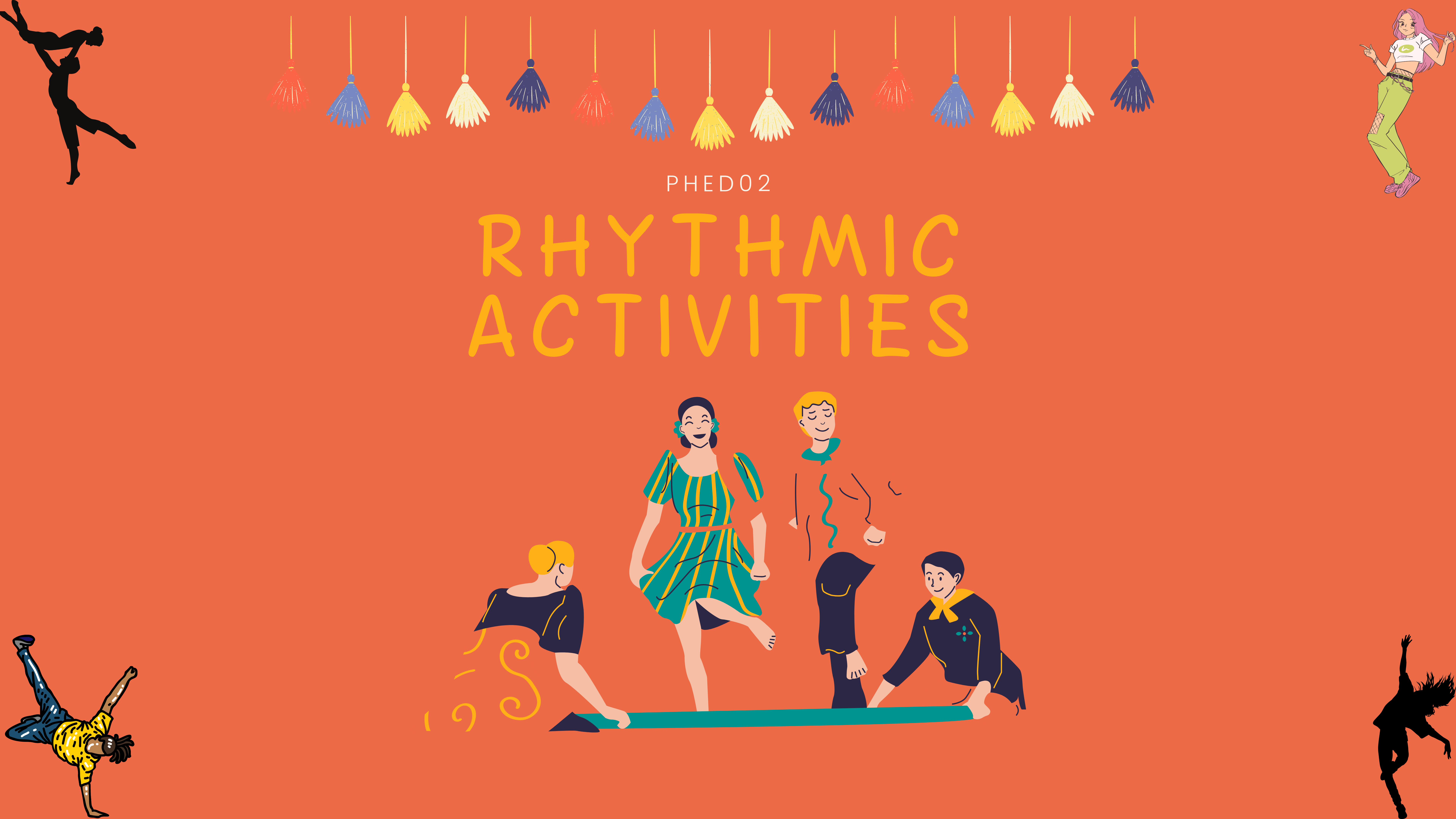
PHED02 - CPE1C - RHYTHMIC ACTIVITIES
Rhythmic activities are combinations of physical movements with sounds, beats, or music. Rhythmic activities rely on an internal or external rhythm used for self-expression, exercise, demonstration of physical ability, socialization, and expression of culture.

